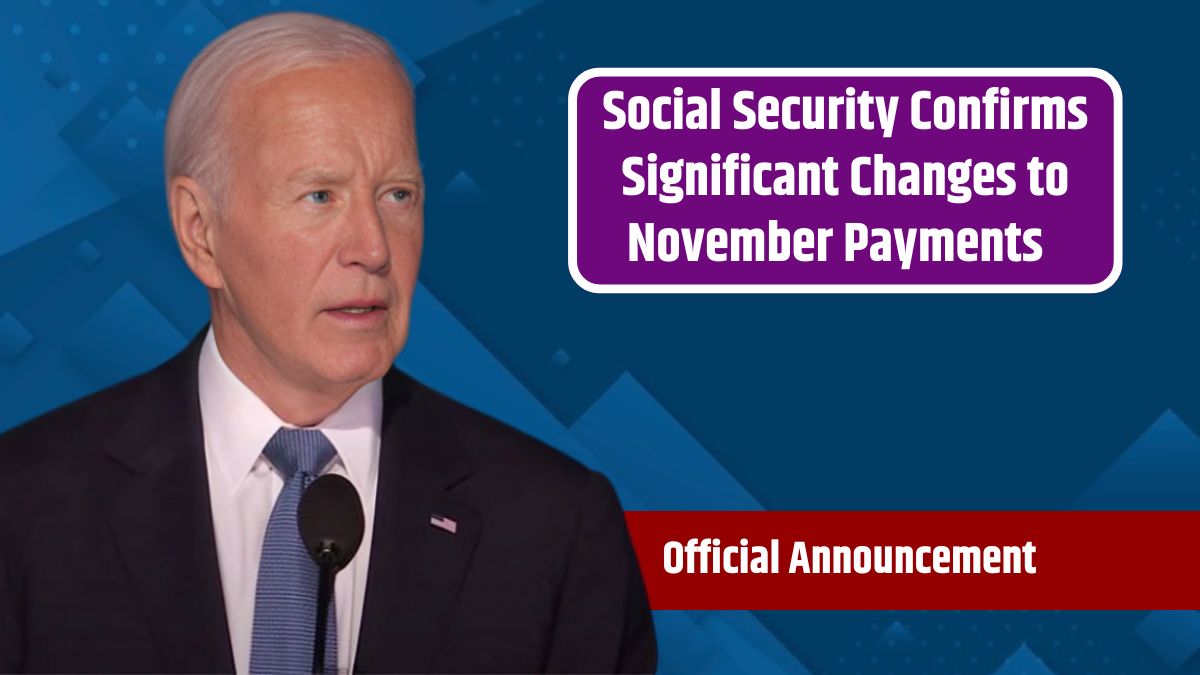On October 1, 2024, millions of individuals who rely on Supplemental Security Income (SSI) will receive payments of up to $943. This essential program, administered by the Social Security Administration (SSA), provides financial assistance to those with severe disabilities, limited income, or those aged 65 and older. SSI payments are adjusted annually to account for inflation, ensuring recipients can maintain their purchasing power despite rising living costs.
In this guide, we’ll explain who qualifies for SSI, how much you can expect to receive, and how to access your payment in October.
SSI Program
Supplemental Security Income (SSI) is a federal program aimed at providing financial support to individuals with limited income who have disabilities, partial blindness, or are over 65 years old. Unlike Social Security benefits, which are based on work history and contributions to Social Security, SSI is designed for people who may not have been able to work due to their condition.
The goal of SSI is to ensure that these vulnerable groups have the financial resources to cover their basic living needs, such as housing, food, and medical expenses. Payments are available not only to individuals but also to couples and essential caregivers who help with daily activities.
Who Is Eligible
To qualify for SSI payments, applicants must meet specific medical and financial requirements. Here are the key eligibility criteria:
Medical Criteria:
- Severe Disability: Applicants must have a physical or mental condition that significantly limits their ability to perform daily activities. The condition must last for at least 12 months or be expected to result in death.
- Blindness: Individuals with partial or total blindness may also qualify.
Resource Limits:
- Limited Income: Applicants must have little to no income. The exact limit varies, but the income must be below a certain threshold to qualify for SSI.
- Resource Limits: Applicants must also have limited resources, including savings, property (excluding the home they live in), and other assets. The maximum allowable resources are $2,000 for an individual and $3,000 for a couple.
Payment Amounts:
- Individual Payment: The maximum SSI payment for eligible individuals is $943 per month.
- Couple Payment: Married couples who apply jointly can receive up to $1,415 per month.
- Essential Persons: Those who provide care for SSI recipients can receive up to $472 per month.
Inflation Affects Payments
Each year, SSI payments are adjusted based on inflation through the Cost-of-Living Adjustment (COLA). In 2023, the COLA increase was 3.2%, helping SSI recipients keep up with the rising costs of goods and services. This increase ensures that individuals relying on SSI can maintain their purchasing power despite inflation. The COLA adjustments are critical for those who depend on these payments for their day-to-day living expenses.
Payments
SSI payments are made on the first of each month, which means the next payment will be issued on October 1, 2024. Payments are typically deposited directly into the beneficiary’s bank account, though some may opt to receive paper checks by mail.
In cases where the first of the month falls on a weekend or federal holiday, payments may be made on the last business day before that date. However, this is not the case for October 1, 2024, so recipients can expect their payment on that exact day.
Benefits
It’s important to know that SSI and Social Security benefits are separate programs, though both are managed by the Social Security Administration (SSA).
- Social Security Benefits: These are based on an individual’s work history and the amount they have paid into Social Security during their working years.
- SSI Payments: These are for people who have limited income and resources and may not have worked due to disabilities or age.
You can qualify for both SSI and Social Security if you meet the requirements for each. However, receiving Social Security benefits does not automatically make someone eligible for SSI.
How to Apply
To apply for SSI, you need to follow these steps through the Social Security Administration:
- Check Eligibility: Make sure you meet both the medical and financial requirements.
- Submit Your Application: You can apply online through the SSA website or visit a local SSA office.
- Provide Documentation: Gather necessary documents, such as:
- Proof of identity (passport or driver’s license)
- Medical reports confirming your disability
- Proof of income (pay stubs, unemployment benefits, etc.)
- Information about any assets or resources you own
The SSA will review your application and may require a medical exam or additional documents. The process can take several weeks, so applying as early as possible is recommended.
Final Thoughts
Accessing your SSI payment in October 2024 is straightforward if you meet the eligibility criteria. With a maximum individual payment of $943, SSI provides critical financial assistance to those with limited income and severe disabilities. Ensure you stay up-to-date with SSA requirements, gather all necessary documentation, and check for any notifications from the SSA regarding your application.
Knowing how SSI works and how it differs from other Social Security benefits can help you navigate the system more effectively, ensuring you receive the assistance you need.
FAQs
When will the next SSI payment be made?
The next payment will be issued on October 1, 2024.
What is the maximum SSI payment for an individual?
The maximum individual payment is $943 per month.
Can couples apply for SSI together?
Yes, married couples can apply jointly and receive up to $1,415 per month.
How does inflation affect SSI payments?
SSI payments are adjusted annually based on inflation through the Cost-of-Living Adjustment (COLA).
What documents are needed to apply for SSI?
You need proof of identity, medical reports, income information, and details about assets.









